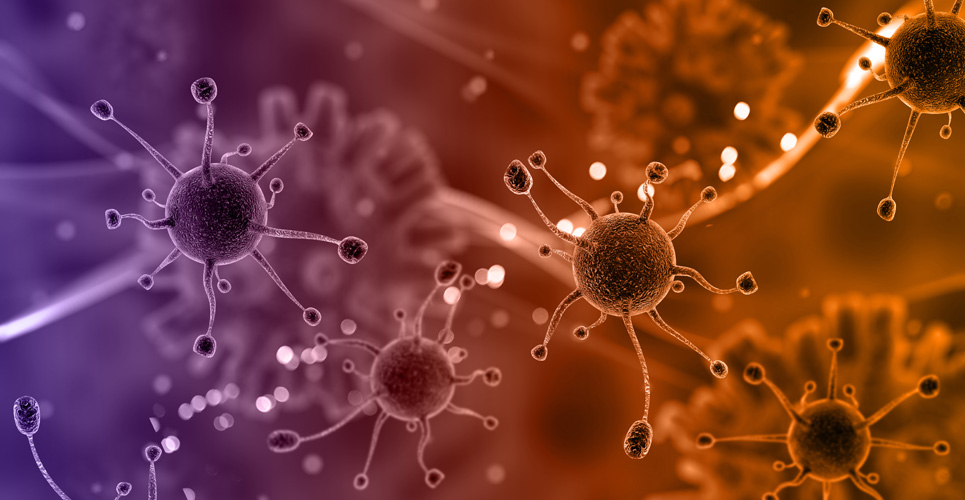teaser
A malaria drug treatment may be almost as effective as bug-deadly mosquito nets in preventing the disease in less prevalent areas, according to a study.
Experts from the London School of Hygiene & Tropical Medicine used mathematical modelling to predict the outcome of using artemisinin combination therapies (ACTs) as a first-line treatment for uncomplicated malaria.
The study, published in the journal PLoS Medicine, estimated the effects of ACT from clinical trial data. It showed that in low-transmission areas, a 53% decrease in clinical episodes would occur if all current treatments were switched to ACT – in line with figures relating to the effectiveness of insecticide-treated nets (ITNs). This compared to 21% in the areas with the highest transmission.
In high transmission areas, long-acting antimalarial regimens may be needed to achieve significant transmission reductions, the study said.
Lead author Lucy Okell, of the London School of Hygiene & Tropical Medicine, said: “Overall, we predict that at existing treatment rates, a 100% switch to ACT from nonartemisinin drugs could reduce the rate of clinical episodes of malaria by between 21% and 53% if a short-acting ACT such as artemether-lumefantrine was used.
“As endemic countries gear up for malaria eradication, a target called for by the Bill and Melinda Gates Foundation in 2007, it will be important to know how choice of first-line treatment can help reach this goal’.”
Copyright Press Association 2008

